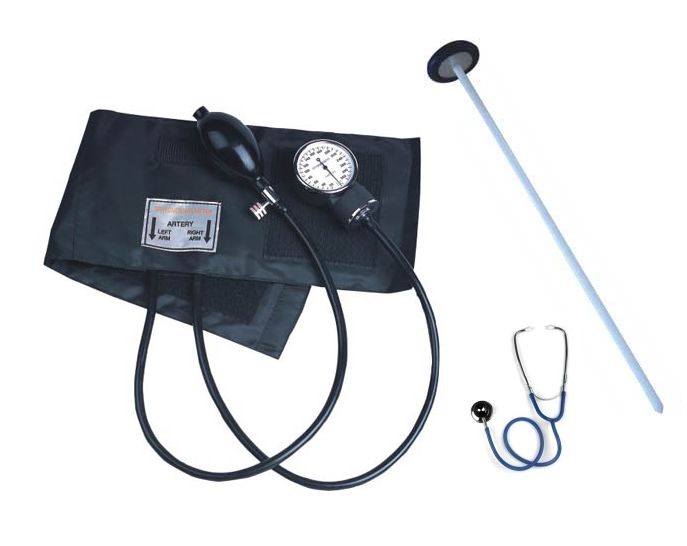The Roles Of 4 Different Technicians In The Medical Field

The healthcare industry in the U.S. is going through a period of evolution. Technological integration and advancements have created promising new careers in the field, putting the industry on the job growth forefront.
A report published by U.S. Department of Labor last year states that social assistance and healthcare industry will be responsible for 28 percent of all new jobs created in the decade from 2010 to 2020.
The implementation of technology and automation also means increased demand for technicians. Such professionals have proficient skills when it comes to handling modern healthcare devices and are the core of the healthcare industry’s future.
Technicians usually work in several different fields and have certain designations associated with their main skills.
Here’s a list of some technicians and their roles in the medical field:
1. Patient Care
A patient care technician provides assistance to doctors or nurses and takes care of patients in nursing homes, clinics and hospitals. They also monitor food intake of patients and look at ECG readings.
For being a PCT, a high school or GED degree is necessary and an individual also needs to attend classes to obtain certification. Some certificate courses would include phlebotomy, terminology and electrocardiograms.
According to BLS, the average salary of PCTs was $24,190 in 2011. However, it is expected to rise as the aging population of U.S. grows at an astonishing rate.
2. Sonogram/Ultrasound
A sonogram technician is responsible take images of internal body organs of the patient with the sonograph/echogram device. They usually deal with pregnant patients, but can also be asked to diagnose and interpret medical diseases.The professionals work in doctor clinics, hospitals and nursing homes. They can also be asked to go to patient homes or travel with them to carry out exam and tests. Their demand has been fueled by aging population and demand for cost effective outpatient care. Education requirements include postgraduate accredited certificate program or an associate’s degree. Sonogram/ultrasound technicians earn up to an average $67,417 per year according to September 2013 HR Reported data.
3. Emergency Medical
Emergency Medical Technicians or EMTs are responsible for transportation and care of patients in the case of natural disasters, accidents and medical emergencies. They work in all weather conditions and the job role can sometimes be stressful as it involves life and death situations of patients.A formal training program is necessary to become an EMT, and requirements to obtain a license for the profession vary in different states. Driver health and education courses are also recommended before enrollment in official programs. According to BLS, the average annual wage of EMTs is $30,360 and the employment in this profession is expected to faster than average for other occupations. The source estimates it will grow by 33% from 2010 to 2020.
4. Radiology
Radiology Technicians are responsible for generating images of the body that are used to identify medical conditions that would otherwise be difficult to treat. This is done with the use of CAT (computerized axial tomography, PET (positron emission tomography) and mammography devices. They are also responsible for reassuring patients about their conditions. A medical bachelor or associate’s degree is necessary for pursuing this profession. Certification is also required and individuals also have to meet TSEF (Technical Standards and Essential Functions). BLS reports the average annual salary of Radiology technicians is $54,340.






